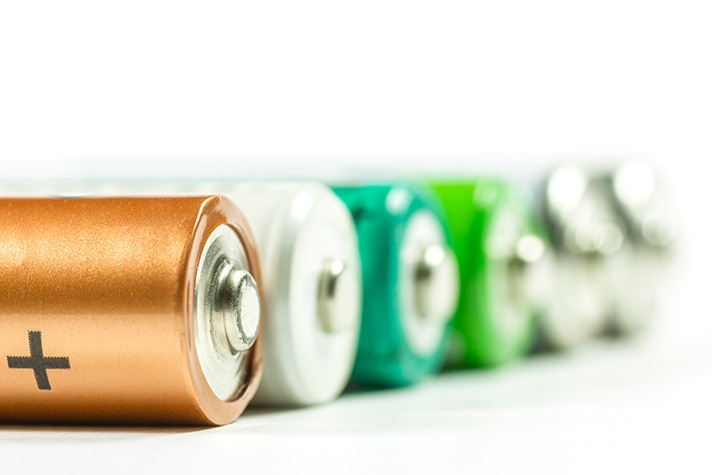The availability of Low Power Wide Area (LPWA) communications technology allows IoT applications to be implemented that were not possible before. These applications have no access to mains or vehicular power sources and must rely on batteries. If your device relies on batteries, then you have to work out what type of battery is best for you. The device has to work autonomously for the length of time required by the application.
The problem facing designers of an IoT deployment is how to dimension the battery for the job the device is required to do. Using cellular network technologies such as NB-IoT or LTE-M, or alternatives such as LoRa or Sigfox, you can now envisage deploying IoT devices that will last for 5 to 10 years or even longer on batteries.
When choosing the right battery for your IoT application, here are the key questions you need to be asking:
- How many messages a day do you expect it to be sending?
- How many bytes of data are sent each time?
- How much space is available in the IoT device and what shape is that space?
- How long do you need the application to keep working for?
- What is the life expectancy of the device?
- What environment is the IoT device working in (most importantly +/- temperature profile)?
- What proportion of the device costs does is make sense to spend on the battery? In other words, what is your ‘battery budget’?
These questions need to be considered before you move on to the more technical aspects of choosing a battery for your IoT application:
- What working voltage is required for the application?
- What is the system cut-off voltage?
- What background current is required by the application?
- What is the pulse profile of the application?
Battery technology is improving all the time and the choice of batteries is wide in terms of the battery shape and physical size, chemistry, operating voltage, operating temperature range and capacity. Avnet and Saft have produced helpful datasheets to help you choose the correct battery for your use case.


